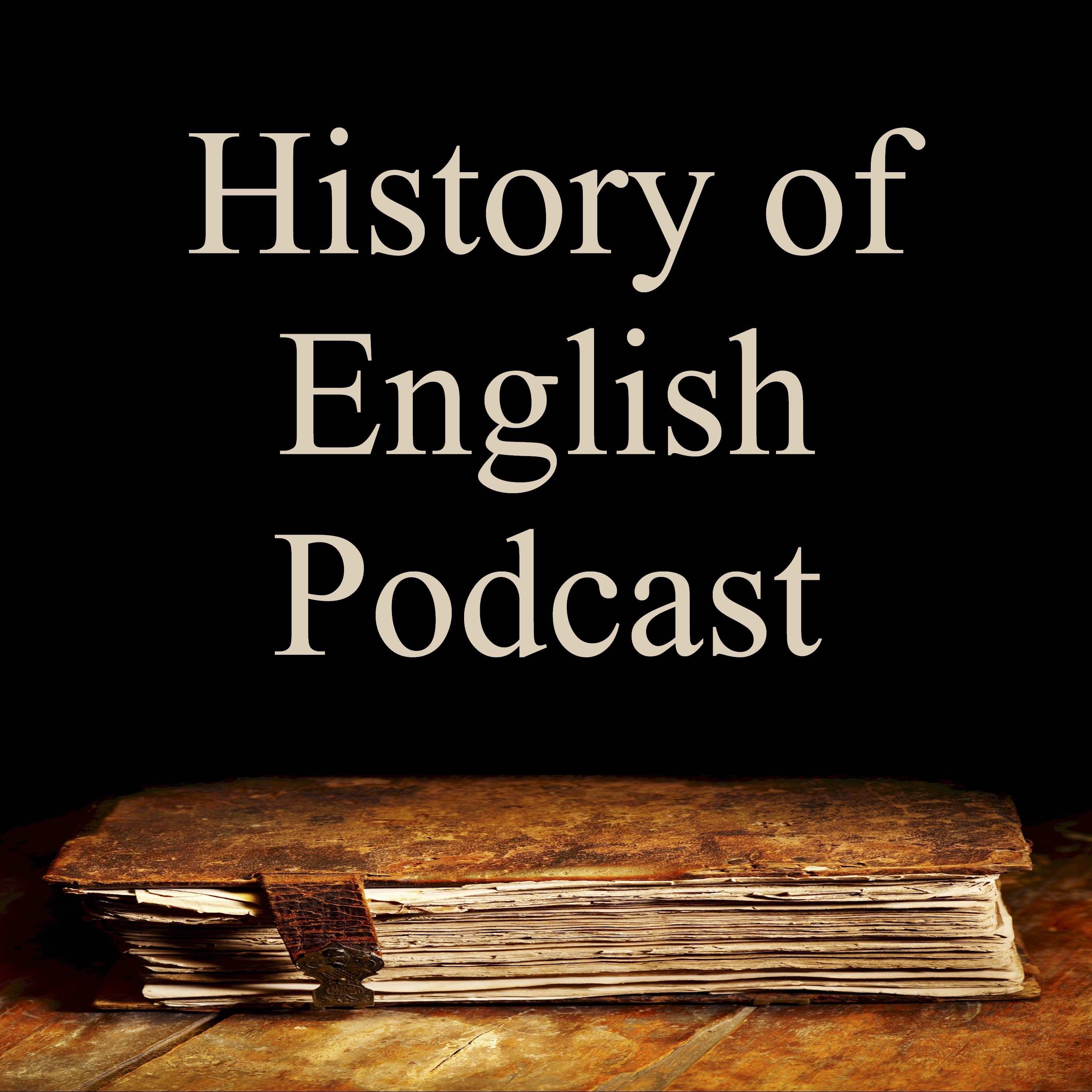Episode 142: The Great Vowel Shift (Part 2)
In this second part of our look at the Great Vowel Shift, we explore the movement of the vowel sounds located in the bottom front part of the mouth. We also examine how these sounds were traditionally spelled and how the merger of those sounds produced many homonyms within Modern English.
TRANSCRIPT: EPISODE 142
TRANSCRIPT: EPISODE 142
Press play and read along
Transcript
Transcript is processing—check back soon.
The History of English Podcast — Episode 142: The Great Vowel Shift (Part 2)
